
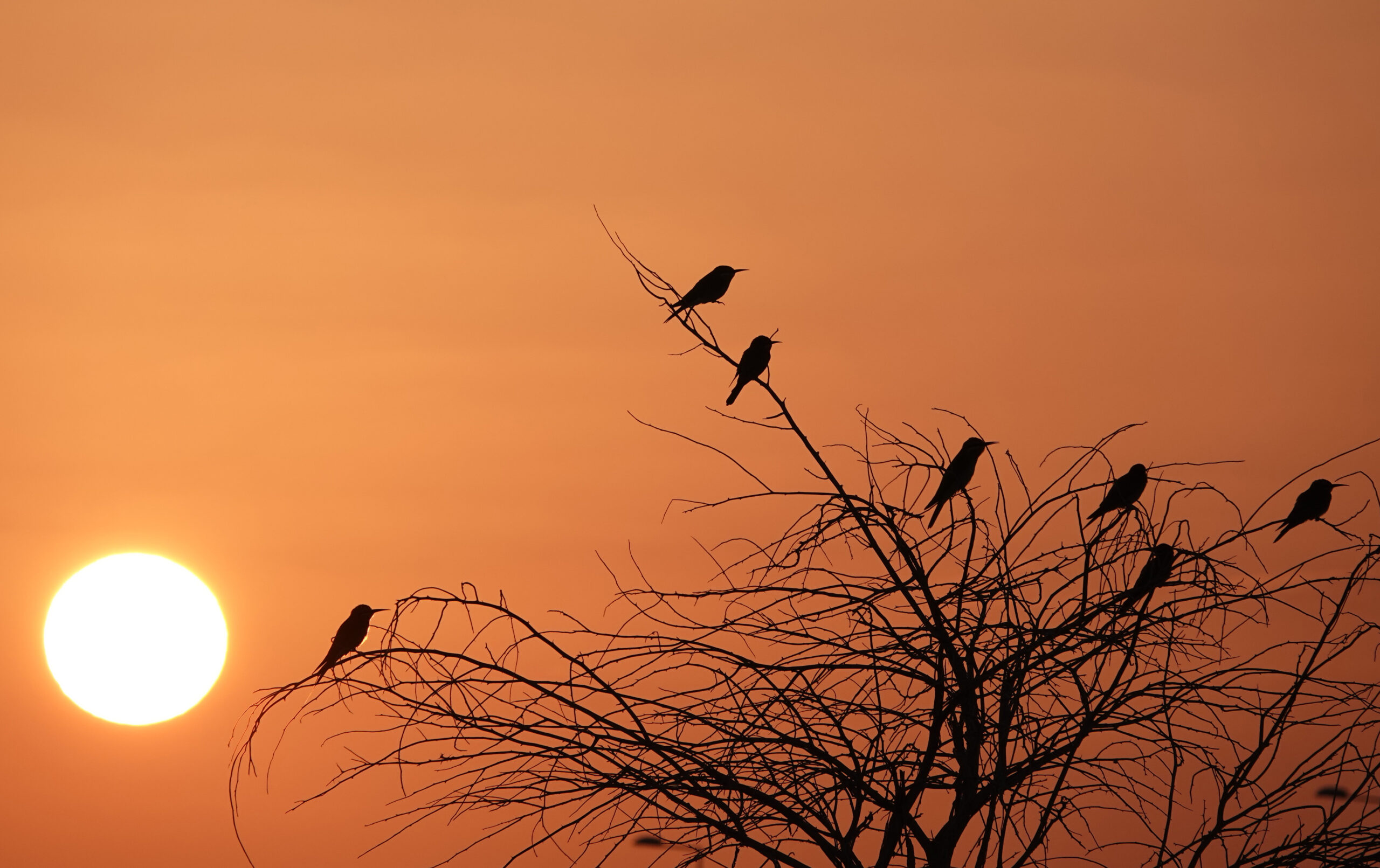
Tour Dates: Friday 25th October – Wed 6th November 2024 FULL
Saturday 1st – Thursday 13th November 2025 (Muscat to Salalah)
Tour Price: £3,950pp plus flight
Estimated Flight Price: London to Muscat approx. £800 return
Deposit: £600 per per person
Conservation Donation from Wise Birding: £150 – £200
Minimum Number: 6 people
Maximum Group Size: 7 people
Target Birds:
Arabian Golden-winged Grosbeak, Verreaux’s Eagle, Yemen Serin, Jouanin’s Petrel, Persian Shearwater, Spotted Thick-knee, Omani Owl, Desert Owl, Arabian Scops Owl, Arabian Eagle Owl, Great Knot, Crab-plover, Pallas’s Gull, Arabian Warbler, Sand Partridge, Arabian Partridge, Grey Hypocolius, African Collared Dove, Sociable Lapwing, sunbirds (4 species), wheatears (7 species), waders, terns & more! Around 200 species are expected on this tour.
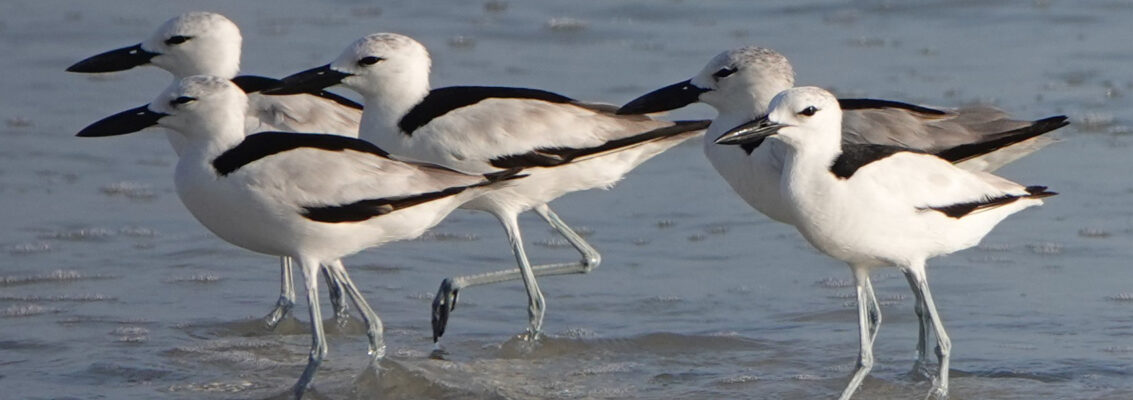
Crab Plover by Dave Astins
Tour Summary
Oman is a must visit destination for birdwatchers, and for good reason. Sitting in a key location at the eastern end of the Arabian Peninsula, it is on a migration flyway and also hosts an excellent range of resident and wintering species. Visiting in November provides the best range of species, as we will see wintering birds in their hundreds of thousands, witness migration, and have a good chance of bumping into a vagrant or two. The renowned Dhofar region of southern Oman, centred on the city of Salalah, provides a range of species hard to match anywhere in Arabia. Several African species reach the northern edge of their range here and some with very restricted ranges. Our tour starts in Muscat and the Al Hajar Mountains (where Jebel Shams rises to over 3,000m) where we will attempt to see the enigmatic Omani Owl, as well as northern Oman specialities such as Hume’s Wheatear and Plain Leaf Warbler. After two nights at Nizwa we head south-east to the coast, visiting Masirah Island and Barr Al Hikman. The area is famous for the sheer numbers of wintering birds using the mudflats in this vast area, and is unmatched in the whole of Arabia with perhaps millions of birds spending the winter here. Great Knot will be a target, along with Crab-plover, and Broad-billed Sandpiper, and we will hope for a rarity or two on Masirah. An overnight stop at Duqm breaks up the journey south via the famous Empty Quarter, where we will stop at a few key sites in the desert looking for migrants fuelling up in the barren landscape. An overnight stop in Thumrait will put us in prime position to try for one of our top targets, the enigmatic Grey Hypocolius, along with Nile Valley Sunbid and African Collared Dove, and we will also try some desert farms where we hope to locate Sociable Lapwing and more migrants. Our tour will finish in Salalah where we will be based for six nights, with most sites less than an hour away. Targets here include Arabian Golden-winged Grosbeak, Yemen Serin, Verraux’s Eagle, Desert Owl, Arabian Eagle Owl and Arabian Scops Owl. Common species in this area include Tristram’s Starling, Cinnamon-breasted Bunting and Abyssinian White-eye. Several coastal sites are excellent for waders, gulls and terns. We will also head out for a half-day pelagic trip from Mirbat where the target species will include Persian Shearwater and Jouanin’s Petrel, seabirds with a very restricted World range. We may bump into some cetaceans here too, with Sperm Whale, Spinner Dolphin and Indo-Pacific Humpback Dolphin being regularly seen.
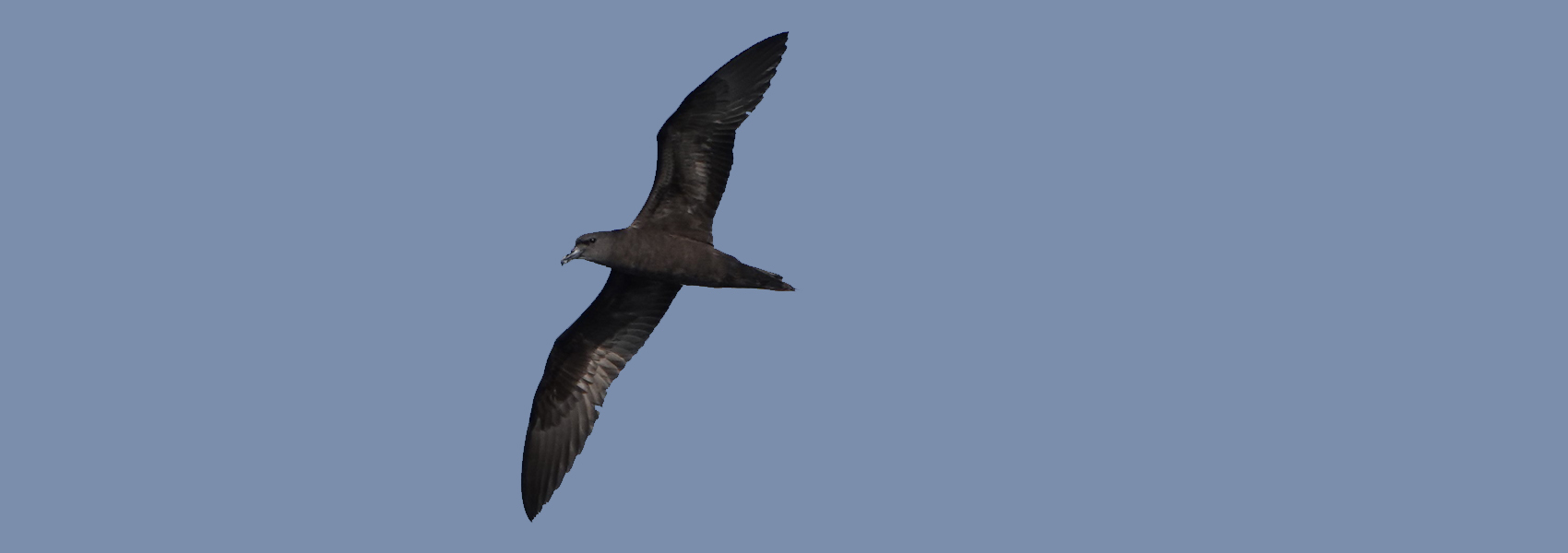
Jouanin’s Petrel by Dave Astins
Accommodation: 12 nights in Oman
2 nights Nizwa, 2 nights Masirah Island, 1 night Al Ghaftain , 1 night Thumrait, 6 nights Salalah. A mix of good quality comfortable hotels (1 night more basic due to remote location)
Inclusive meals: Breakfasts and evening meals
Day 1: Muscat – Al Hajar Mountains
Arrive Muscat early morning and then spend a few hours leisurely birding in Muscat at Al Qurum Natural Park, where targets will include Purple Sunbird, Indian Roller and Delicate Prinia. In the afternoon we will head south into the spectacular Al Hajar Mountains, targeting some northern Oman specialities including Hume’s Wheatear, Scrub Warbler, Striolated Bunting, Plain Leaf Warbler and Sand Partridge. Overnight Nizwa
Day 2: Al Hajar Mountains
A day up on the impressive Sayq Plateau above Nizwa in the Al Hajar Mountains. Key target species here include Hume’s Wheatear, Red-tailed Wheatear and Plain Leaf Warbler, with the chance of migrants and scarce winter visitors including Black- throated Thrush and Eversmann’s Redstart. In the evening 1w will try for the elusive Omani Owl when we will also have a good chance of Pallid Scops Owl. Overnight Nizwa.
Day 3: Barr Al Hikman / Masirah Island
We will spend the morning driving south-east from our base in Nizwa to the coastal mecca of Barr Al Hikman. Possibly the greatest spectacle in the whole of Arabia, during the afternoon we will be soaking in the sight of hundreds of thousands of waders, herons, turns and gulls with our target birds including the enigmatic Great Knot and Crab-plover. Late afternoon we will take the short ferry from Shannah to Masirah, arriving at dusk. Overnight Masirah Island
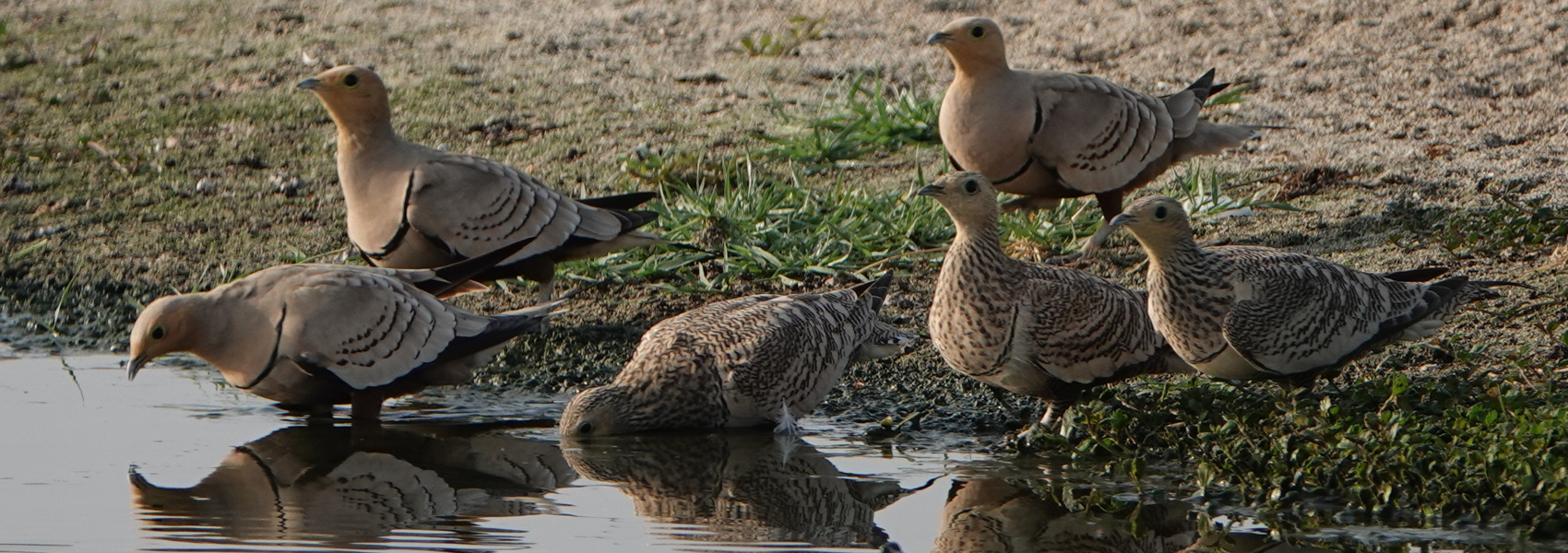
Chestnut-bellied Sandgrouse by Dave Astins
Day 4: Masirah Island
A relaxed day exploring the unique Masirah Island. There is a good chance of some scarce migrants and vagrants including Asian Koel, Crested Honey Buzzard, Amur Falcon and Olive-backed Pipit: anything can happen here! We also have some excellent sites to check for shorebirds, which could include Pin-tailed Snipe, Terek Sandpiper, Broad-billed Sandpiper, and Lesser and Greater Sand Plovers. The spectacle of tens, if not hundreds, of Chestnut-bellied Sandgrouse coming in to drink is almost guaranteed. Masirah also gives us the best chance of seeing Pallas’s Gull on this trip, as well as significant flocks of terns including Lesser and Greater Crested. Possibility of a beach walk after dinner to look for nesting turtles. Overnight Masirah Island
Day 5: Barr al Hikman
We leave Masirah on a morning ferry, and will spend a few more hours birding again at Barr al Hikman focussing on waders, gulls and terns. If needed, we may also get a second chance of Asian Koel in the nearby village of Mahoot as it is a regular site for them. We then drive south to spend a night in the port city of Duqm. Overnight Al Ghaftain
Day 6: Al Ghaftain – Muntasar – Qatbit – Al Balid
Today is a transition day as we make our way to southern Oman through the edge of the famous Empty Quarter. En route we will stop at several hot spots for migrants in the desert, including the highway rest-stops at Al Ghaftain and Qatbit, and the oasis at Muntasar. Anything is possible at these sites, as the trees and vegetation provide a haven for migrant birds in the desert. If we have time we will also check the farms at Al Balid. Overnight Thumrait
Day 7: Mudayy – Shisr – Salalah
An early start will see us head an hour west to Mudayy, where we will search for Grey Hypocolius, a unique bird and the only regular wintering site for this species in Oman. In the afternoon we will search the farming area of Shisr, which gives us a chance of the endangered Sociable Lapwing as well as migrants including harriers, larks, waders and potentially something unexpected. Late afternoon we will drive south to our final destination, Salalah. Overnight Salalah
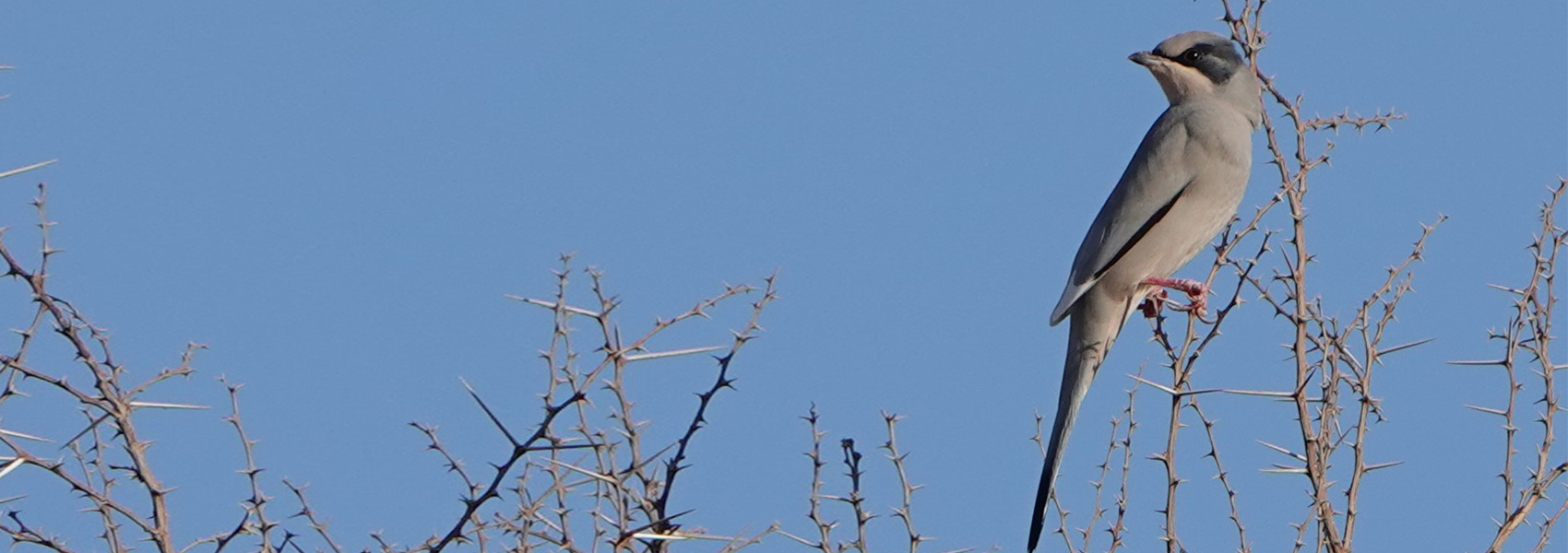
Grey Hypocolius by Dave Astins
Days 8 – 12: Dhofar region (Salalah)
The next five days will see us birding the mecca that is the Dhofar region of southern Oman, centred around Salalah. We will have flexibility during our stay in Salalah. On either the Monday or the Tuesday we will take a morning pelagic trip from Mirbat where the key targets are Persian Shearwater and Jouanin’s Petrel, but where other exciting species may include Flesh-footed Shearwater, Masked Booby, Bridled Tern and Red-necked Phalarope. We may also get lucky with cetaceans, and should see a Green Turtle or two. All of the land-based sites are within an hour of our base in Salalah, many less than 30 minutes, so the travelling during this part of the tour is kept to a minimum. We will bird sites along the coast, in the foothills of the Dhofar Mountains, and in the mountains themselves. Key targets will include Arabian Golden-winged Grosbeak, Desert Owl, Arabian Scops Owl, Arabian Eagle Owl, Verreaux’s Eagle, Yemen Serin, Brown Booby, Socotra Cormorant, and all the Dhofar specialities including Cinnamon-breasted Bunting, Ruppell’s Weaver, African Silverbill, Arabian Sunbird, Palestine Sunbird. Overnight Salalah
Day 13 Salalah Airport
Transfer to Salalah airport where the tour concludes. Flight to Muscat and then on to UK.
Please note this is a flexible itinerary which may need to be adjusted slightly dependent on arrival / departure times, weather conditions and the most recent information from our local guides
Leaders: Dave Astins & other WB leader
Included in cost: Accommodation in twin en-suite rooms, all meals except lunch, water, ferry to Masirah Island, pelagic trip from Mirbat, ground transport and services of leaders.
Not included in cost: International airfare, travel insurance, Visa and any alcoholic drinks (rarely available in Oman).
Single Supplement: £399
Transport: 4×4 vehicles (4 people per vehicle including guides)
Difficulty: Easy Most of the birdwatching is done from the vehicles or short walks from the vehicles.
Climate: Can be very warm, generally late 20s or early 30s, humid on the coast (Salalah area). Cooler in the mountains but still in the 20s, warm at night
Tour Start Point: Muscat International Airport, Oman
Tour End Point: Salalah, Airport, Oman
Suggested Airlines: Oman Air
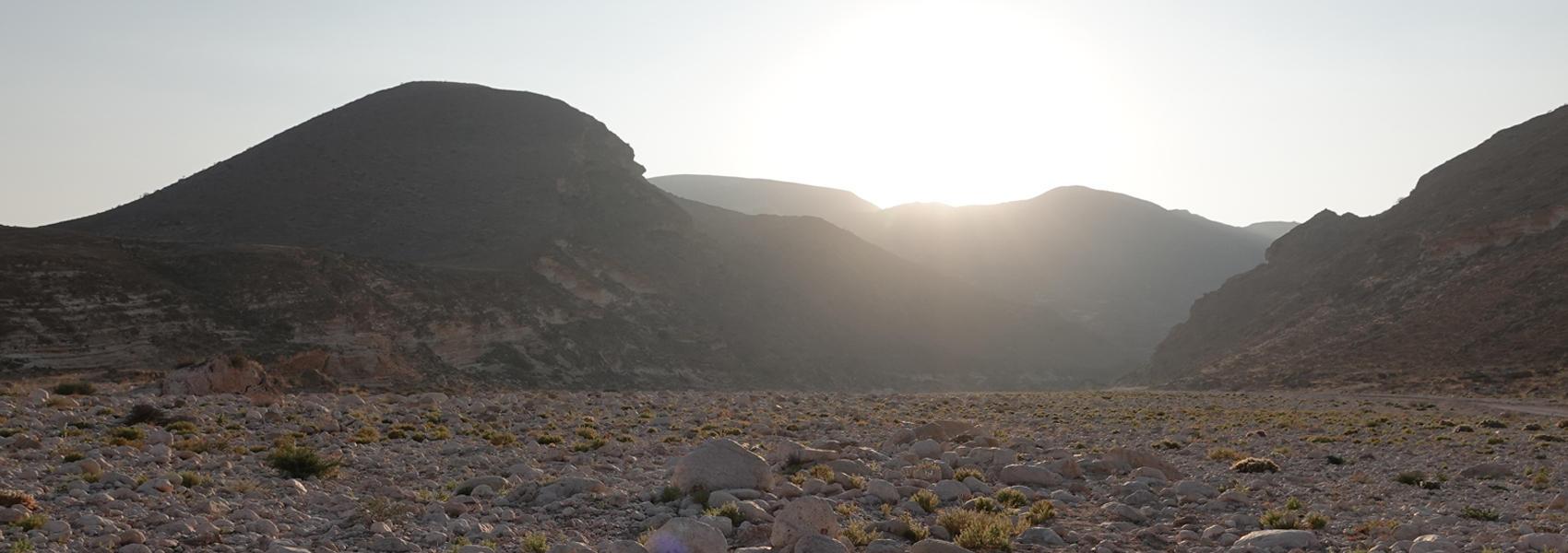
Wadi Mughasyl by Dave Astins